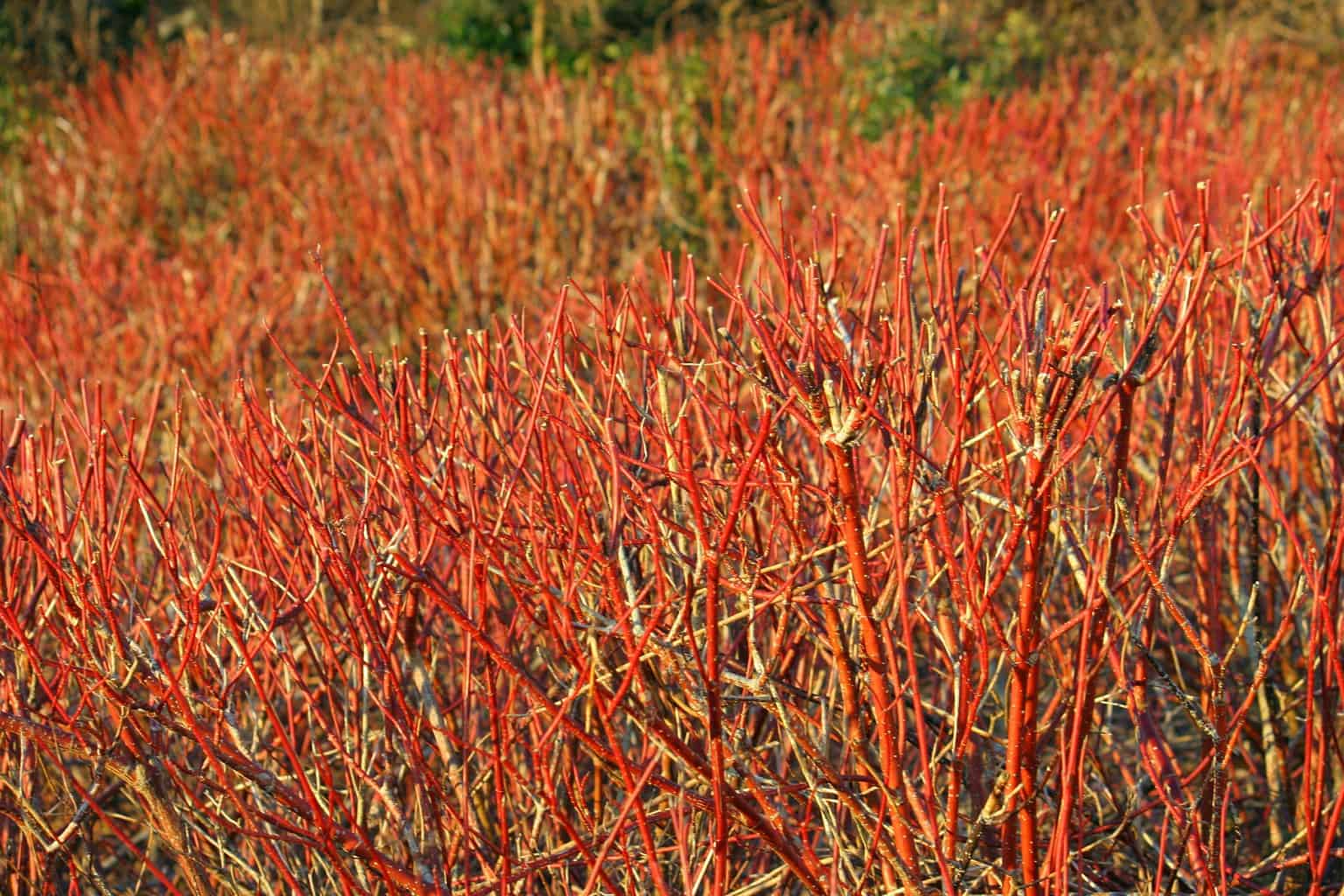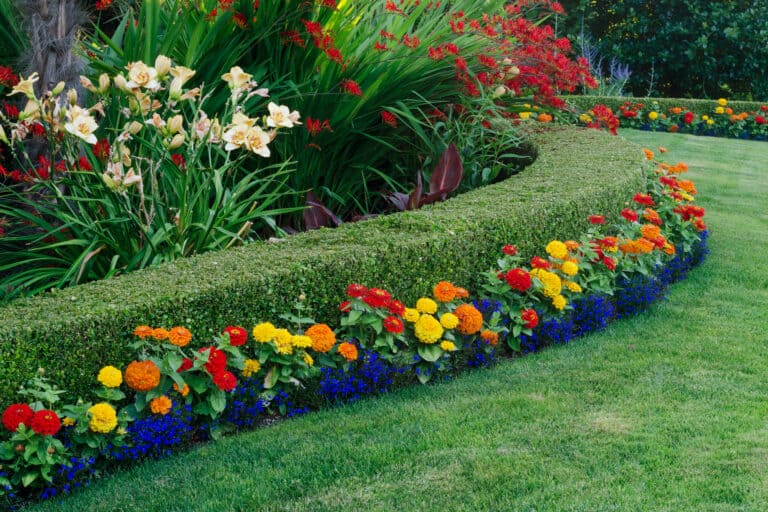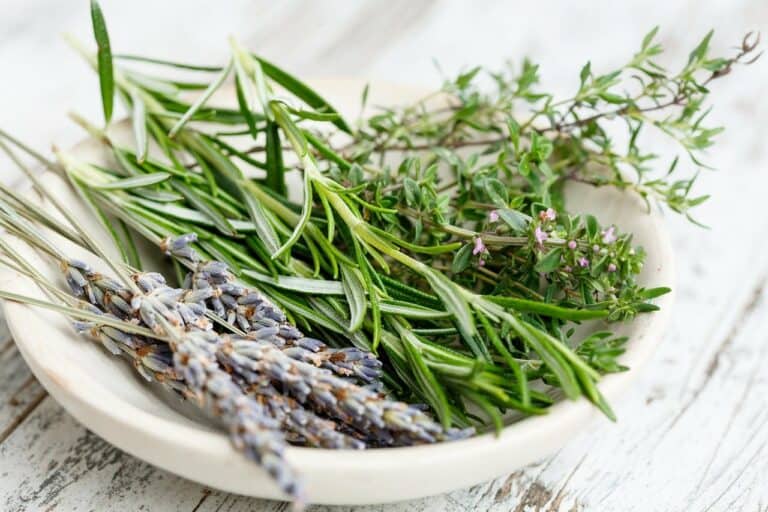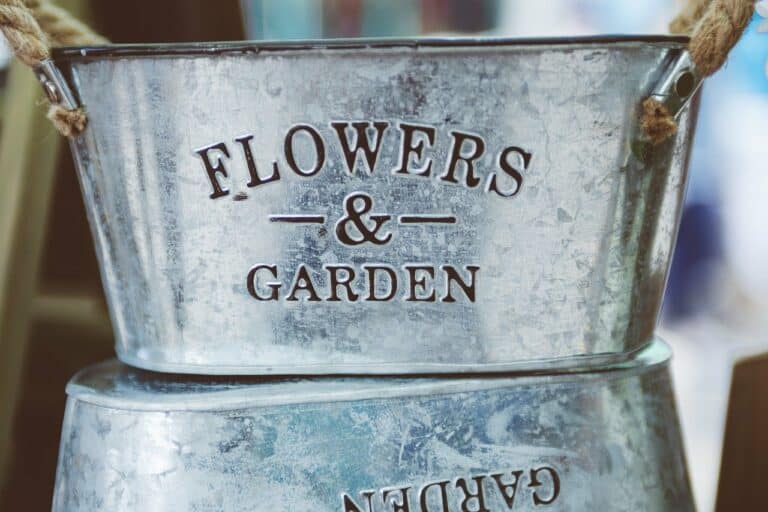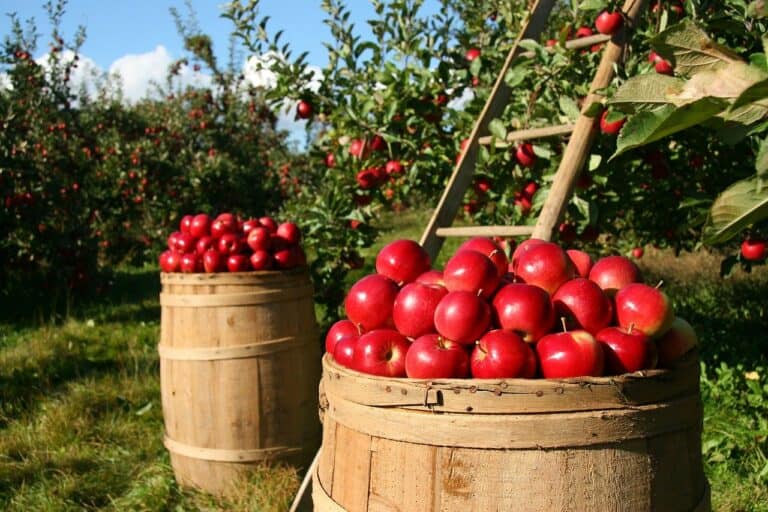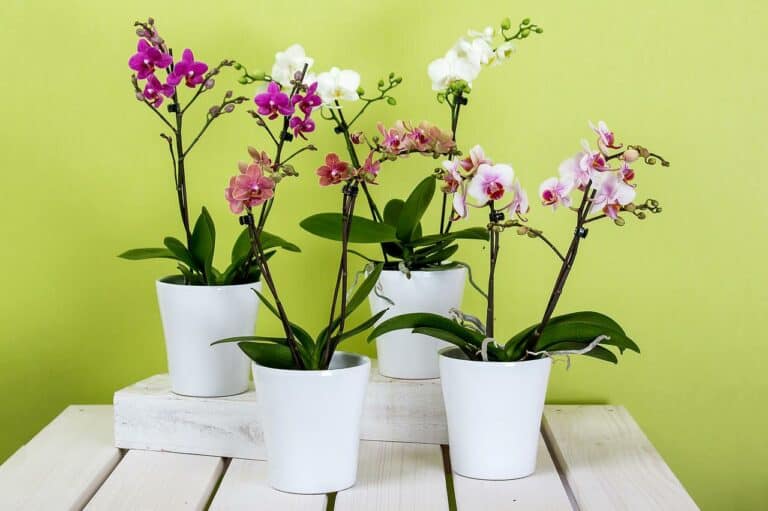Table of Contents
About the Red Twig Dogwood
Redosier Dogwood, Cornus sericea is also known as Red Twig Dogwood. It is an excellent plant to keep you entertained all year long. However, its stems’ striking autumnal red color that confers its name and distinctive appearance is not the only, though the most notable, of its advantages; it is an annual plant with a four-season appeal and an excellent value for wildlife.
Its leaves are deep green, changing from purplish to reddish in autumn and contrasting branches. The leaves are oblong and have veins that curve with the edge of the leaf. They also have an elongated tip at the end of the leaf. Redosier Dogwood blooms with flat-topped, small white flowers from late May through early June. This plant can reach 8 feet in height and width and features soft, red branches that add interest in the winter months. The fruit is an inedible small white berry that appears in autumn and continues throughout winter.
Bloom Season
The mid-spring and summer months see the shrub blooming with frothy white clusters of tiny flowers floating along the edges of the branches, revealing the white or blueish-white berries that do not appeal to humans; however, they will attract birds to your yard in great numbers. They’re in stark contrast with the stems and foliage, which, when it is in fall, changes several shades of red and red-orange and creates an explosion of colors.
The plant has creamy white blooms in spring and fruit that turns white in the fall. However, it’s its stems red twig dogwood that is so popular. They start their growth in summer and spring but then change to bright red as the leaves fade in the fall. (Its moderately green leaves create the perfect fall colors of orange and red). The colder the weather is, the more vibrant the color of the newest branches. The tree shines with its bright red twigs during wintertime, contrasted against the dark – or snowier.
Red Twig Dogwood Care
Light
Red Twig dogwood shrubs are most successful when planted in full sunshine, but they can also be grown in partial shade.
Soil
The soil should be well-drained, rich with humus, and moist. These plants do not like to be left in dry soil for too long, and they need to be tended to regularly. It’s OK to let them dry for a couple of days, but it’s not recommended. They prefer slightly acidic conditions.
Water
They are attracted to moist areas and thrive in low places like streams or lakes. If there isn’t enough rain, you can water your new plants regularly during the first few months to ensure that the soil stays damp. The mature plants require watering only in dry periods if there isn’t rain for longer than one week. However, mature plants are more resistant than younger plants to dry conditions. Therefore, more immature plants still require regular watering.
Temperature and Humidity
The shrub has developed a tolerance to a range of temperatures. It’s not the best choice in humid and hot environments where it could be susceptible to diseases like cancer.
Fertilizer
The plant is not very fertile and has minor requirements. If you decide to fertilize it, you should do it in early spring and then side-dress your plant in compost. After it has begun to grow, you can feed the fish emulsion. However, it can be well with any other feeding.
Pruning
The dogwood care of red twigs is not necessary unless pruning. Pruning is required every year to preserve the vibrant shades on the twigs. The primary purpose of trimming red dogwoods is to get rid of old stems which no longer have a good winter color. Take about a third of the branches at ground level each year. Remove weak, old stems and the ones that have been damaged, discolored or wilting.
This pruning method ensures that the color stays bright and the plants robust. After the thinning process, you can cut the stems to reduce the height you’d like. Cut the entire tree back by 9 inches (23 centimeters.) above the ground if it is excessively crowded or has become overgrown or out of control. This is an excellent method to revive the plant. However, it will leave an empty spot on the landscape until it grows back.
Do red twig dogwoods spread?
Red Twig Dogwoods need lots of space. When you plant red twig dogwoods, allow them plenty of room. They can grow to 8 feet (2.5 meters) tall and have an 8-foot (2.5 meters) red twig dogwoods spreading. The horizontal stems are at the bottom of the root when the nodes contact the ground and create an edging.
This, together with the berries, makes it a perfect plant to provide habitat for birds which provide food and shelter. It also creates a fast-growing hedgerow and could be a screening plant.
The colder it increases, the more vivid the hue of the newest branches. The winter months are when the plant shines with its bright red twigs, contrasted against an uninspiring – or better, snowy.
If you aren’t sure you want it to grow more efficiently, place it in a partly shaded area with “normal” garden water and cut off the roots of the horizontal branches.
Types of Red Twig Dogwoods
Many kinds are Redosier Dogwood to pick from. “Flaviramea” is often referred to as a yellow-twig dogwood because of the yellow twigs in place of the red. “Cardinal” is a huge plant, between 8 and 10 feet in height, wide with red stems that are cherry.
If you want shorter Red Twig Dogwood, one alternative is ‘Kelsey’ 24-30 inches wide and tall. However, the ‘Kelsey’ variety isn’t as vibrant as the straight variety. Isanti is a smaller selection that can grow up at 5-6 feet tall, broad. It features bright red stems.
Dogwood species that vary with red bark are worldwide throughout the Northern Hemisphere. All of them are classified under the Genus Cornus.
- Tatarian Dogwoods (Cornus Alba) are native to Asia.
- Red Osier (Cornus seriia). These dogwoods were initially found in North America.
- Bloodtwig Dogwoods Cornus Sacrifice (European natives)
Those who believe that erosion reduction is the primary factor in your decision to buy the red twig dogwood ensure you are looking for the red osier species specifically. Suckers spread the red-osier over time to form colonies. Its root systems of settlements can be highly efficient in restraining the soil on a hill. You can look for “Cardinal” as an example of a cultivar.
Red Twig Uses
Red twig dogwood can be used in rock gardens and hedges as an ornamental plant. They are tiny and can be found in flat clusters. They are, however, beautiful and decorative.
What does red-twig dogwood look like during summer?
Red twig dogwoods look like fillers for space in the summer, providing only a little structure but not many flowers. This could be since plants are getting ready for the following months. They start their fantastic return in the fall and winter months with their dark foliage and burning stems.
Dogwood’ Midwinter Fire’
The people who plant their plants for winter colors are typically avid gardeners, making them optimistic. It’s not challenging to appear accomplished when you select tried and tested plants from the Cornus family. The most striking colors are Cornus sanguinea “Midwinter fire,” the Blood twig Dogwood that displays an array of red and orange on the identical plant.
Red Twig Dogwoods – Propagating
You can propagate red twig dogwoods by using hardwood cuttings taken in the fall.
- The stem should measure the same length and be as long as your pencil.
- The stem should be cut into 6-9 inches sections with a bud at each end.
- Remove the branches from the sides (including the leaves) and then dip each section in the rooting hormone. The cuttings can be planted in pots and then placed in a shaded area or in a frame that is sealed for winter.
- In the spring, you can remove the cold frame and relocate the pots back into the sun to allow them to grow.
- The process of establishing a cutting can take as much as a whole year. Can now be planted the cutting
- In your garden, after it has fully grown plants.
- Every two to three years, remove the oldest canes from the ground and trim any other stems necessary to maintain the shrub’s height. To create new shrubs, you can cut the branches during the dormant winter. Keep the branches moist by pushing them 10-12 inches deep.
Will Red Twig Dogwood grow in the shade?
Red twig dogwoods perform best in full sunlight but can be tolerated in partial shade. I have found that the more shade a red-twig dogwood has, the slower it will grow and the spindlier and sparse it’s growth. Your description of your shrub suggests that its current shade location is too dense. However, red twig dogwood can also grow in moist soil, so it should not be considered. If the shrub is under too much shade, it won’t benefit from pruning to encourage dense growth.
Your shrub should be moved by this fall, as many plants are already stressed from the extreme heat and dry conditions. It can transplant the shrub if it is not too large or in an emergency, like being moved from construction. If you plan to move it soon, make sure to water it thoroughly.
It would be best if you moved it to full sun. This shrub is tolerant to many soil types and is native to wet or swampy areas. However, it can adapt to dryer sites. The young stems will produce the brightest color so encourage them to grow from the base.
Pruning
The brightness of the bush’s red twigs is likely to fade as time passes from spring into summer. You can’t do much about it. To get the most vibrant color, trim out about a third of the older branches every three or four years (or even every year, so it is not a problem that you do not want to have a plant with a smaller size). Pruning should take place in the latter part of winter or spring. Pruning will encourage the growth of new plants.
The younger branches have the most vibrant colors; this is precisely the kind of growth you wish to encourage. If your bush is overgrown, reduce it to the soil. It will reappear within a year with fresh red stems.
Common Pests & Plant Diseases
The leaf miners and bagworms are all common insects. Commercial pesticides are available in the event of a serious problem; however, insects are not known to take out a tree.
- Dogwoods are prone to numerous fungal diseases such as twig and leaf canker, blights, and leaf spot.
- Must remove Fungal-diseased branches to make healthy wood. Otherwise, the condition could become widespread and infect the entire tree.
Features
The red dogwood is beautiful with its red stems of small size and in the winter sun. This small variety can reach three feet instead of the usual 8-10′ red-twig dogwood. Because it is smaller, it can be used for residential landscaping and smaller gardens. It can handle many soils and conditions. It is also an excellent plant for winter arrangements and holiday decorations! Native to North America
The top reasons to plant red-twig dogwood
- One of the ornamental plants which can tolerate being shaded
- Tolerant to different soil conditions
- The landscape is enriched by the bright red stems of winter
Plant profile
Common Name: Red-twig dogwood, red osier dogwood
Botanical name: Cornus servicesa, Cornus Alba et sanguine
Family: Cornaceae
Plant types: Deciduous flowering shrub
Mature Size: 6-9 feet tall, 8-12 feet wide
Light Requirement: Part Shade to Shade, Part Sun to Sun, Sun
Soil Type: Fertile, moist soil
Soil pH: 5.5 to 6.6 (slightly acidic)
Flower Season and Color: Spring, white
Foliage Colors and Shade: Green and Dark Green
Maintenance Category: Easy
Bloom Time: Late Spring


